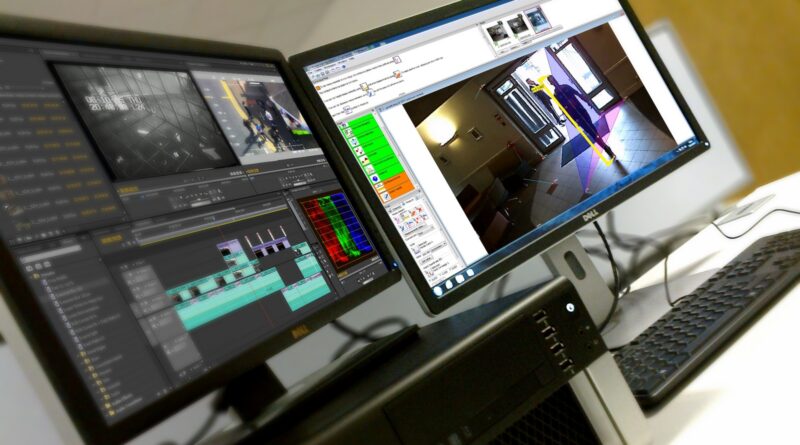An In-depth Guide to Digital Forensic Investigation, Digital Evidence, and Forensic Technology
In the modern digital age, the prevalence of cybercrime and digital misconduct has heightened the need for effective digital forensic investigation. Digital forensics is a specialized field dedicated to uncovering, preserving, and analyzing electronic evidence for legal and investigative purposes. This process requires the application of forensic technology to analyze digital evidence meticulously, ensuring the findings stand in court. This article delves into the intricacies of digital forensic investigation, the role of digital evidence, and the technologies that make this field increasingly sophisticated and robust.
What is Digital Forensic Investigation?
Digital forensic investigation is a branch of forensic science focused on identifying, collecting, and preserving data from digital devices to be used in legal proceedings. It encompasses several disciplines, including computer forensics, mobile device forensics, network forensics, and more. Investigators working in this field employ systematic methods to trace unauthorized access, data breaches, cyber threats, and other forms of digital crime.
The process of digital forensic investigation generally follows a structured model:
- Identification – Determining what data sources might contain relevant evidence.
- Preservation – Securing and isolating data to prevent tampering or loss.
- Analysis – Examining the data for evidence, patterns, and anomalies.
- Documentation – Documenting the findings with thorough reports.
- Presentation – Presenting the evidence in court or to other relevant parties.
Each stage is crucial in ensuring the evidence gathered maintains its integrity and relevance, especially if the investigation ends in legal proceedings.
The Role of Digital Evidence in Forensic Investigations
Digital evidence includes any data stored or transmitted using digital devices such as computers, smartphones, tablets, and networks. This evidence is invaluable in investigations involving cybercrimes, fraud, intellectual property theft, and corporate misconduct.
Digital evidence comes in many forms, including:
- Files and documents: Important for identifying traces of illicit activity, such as unauthorized document sharing.
- Emails and messages: Can reveal communication trails, often critical in cases involving collusion or harassment.
- Metadata: Provides additional context, such as the time and location of file creation.
- Logs and activity records: These can trace the actions of users within systems, essential for uncovering the footprint of an attack.
Maintaining the integrity of digital evidence is paramount. Forensic investigators must follow strict protocols to ensure evidence is not altered or damaged, as even the slightest modification can lead to challenges in court regarding the authenticity of the evidence.
Forensic Technology: Tools and Techniques
The rise in digital crime has led to the development of advanced forensic technology designed to analyze data with precision and reliability. Key tools and technologies include:
- Imaging tools: These allow forensic investigators to create exact replicas of a digital device’s contents, preserving the original data while enabling analysis.
- Data recovery software: These tools retrieve deleted files and recover data from damaged or encrypted sources, crucial for obtaining evidence that criminals may have attempted to conceal.
- Network analyzers: These tools monitor and analyze network traffic to identify suspicious activity, which is essential in network-based investigations such as cyber espionage.
- Mobile forensics tools: With mobile devices becoming more integral to everyday life, specialized tools can extract and analyze data from smartphones and tablets.
- Forensic analysis software: These platforms provide investigators with the capability to analyze and correlate large volumes of data from multiple sources, streamlining the process of piecing together the digital footprint of an incident.
These technologies are indispensable in uncovering hidden information and drawing insights from complex data structures, which is often essential in today’s digital investigations.
Conclusion
Digital forensic investigation is a critical field in modern law enforcement and cybersecurity, enabling experts to gather and analyze digital evidence that can be pivotal in solving cases. As digital crime evolves, so too does forensic technology, with advancements allowing investigators to stay one step ahead. Digital forensic investigation will continue to play an essential role in combating cyber threats and protecting digital integrity, safeguarding individuals and organizations alike. With a careful balance of technology and investigative acumen, digital forensics provides a robust framework for upholding justice in an increasingly digital world.




